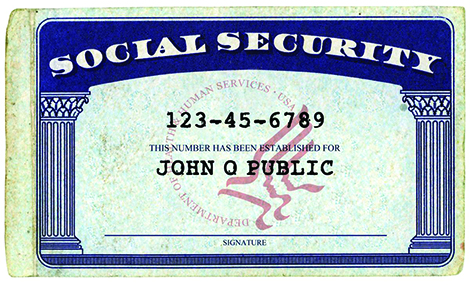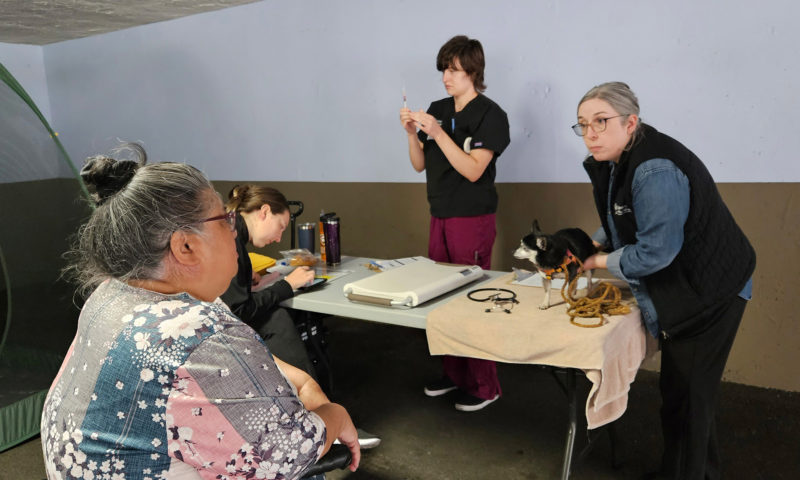Higher Social Security payments start in January
Social Security benefits will be 3.2 percent higher in 2024, the latest of annual increases that weren’t always a sure thing.
The cost-of-living adjustment (COLA), which was officially announced in October by the Social Security Administration, begins in January for the monthly benefits currently paid to more than 66 million beneficiaries. The same increase applies to approximately 7 million recipients of Supplemental Security Income.
The amount of the boost is based on the percentage increase in the Consumer Price Index for Urban Wage Earners and Clerical Workers, which is determined by the federal Bureau of Labor Statistics. By law, it’s the official measure used by the Social Security Administration to calculate COLAs.
The COLA for 2024 is less than half of the 8.7 percent increase in 2023. The year before that, the increase was 5.9 percent. From 2017 to 2021, the amounts ranged from less than 1 percent to 2.8 percent.
COLA’s aren’t automatic. The purpose of them is to help the purchasing power of Social Security benefits from being eroded by inflation, but they didn’t exist until Congress authorized them in 1972, and they weren’t automatic until 1975. Before that, benefits increased only when Congress passed special legislation.
National organizations such as the Senior Citizens League and AARP have pointed out that most older Americans relying on Social Security report that persistently high prices affect their household budgets.
Jo Ann Jenkins, chief executive officer of AARP, said “retirees can rest a little easier at night knowing they will receive an increase in their Social Security checks to help them keep up with rising prices” of gas and groceries. She said AARP wants Congress “to work in a bipartisan way to keep Social Security strong and provide workers and retirees with a long-term solution that current and future retirees can count on.”


